Hi there, pet lovers! 🐸💥
For reptile and amphibian enthusiasts seeking a pet that’s equal parts fascinating and formidable, the Giant African Bullfrog (Pyxicephalus adspersus), also known as the Pixie Frog, is a standout choice. Despite its misleadingly cute nickname, this frog is one of the most powerful, hardy, and long-lived amphibians in the hobby.
Native to the arid savannas of sub-Saharan Africa, these frogs are built like tanks—equipped with bone-crushing jaws, territorial instincts, and an appetite that matches their size. But are they the right pet for you?
In this detailed care guide, we’ll cover everything from their temperament and handling to enclosure setup, diet, and long-term care. Whether you’re a beginner or an experienced keeper, this review will help you decide if the Giant African Bullfrog belongs in your home.
Overview
The Giant African Bullfrog is one of the largest and most hardcore frogs in the world. Known for its massive head, powerful bite, and aggressive feeding response, this amphibian is not for the faint of heart. Here’s a quick summary of what makes them unique:
- Handling and Temperament: Not ideal for frequent handling; can deliver a painful bite.
- Care and Maintenance: Simple setup but requires consistent humidity, burrowing space, and a protein-rich diet.
- Health and Durability: Extremely hardy; can survive harsh conditions by estivating (a form of dormancy).
- Availability: Widely captive-bred, making them easy to find from reputable breeders.
- Cost: Affordable to purchase, with low setup costs compared to other exotic pets.
- Overall: A low-maintenance but high-impact pet for those who appreciate bold, interactive amphibians.

Why Choose a Giant African Bullfrog?
If you want a pet that feels like owning a miniature prehistoric predator, the Giant African Bullfrog delivers. Unlike delicate tree frogs or shy salamanders, this species is bold, voracious, and surprisingly long-lived (up to 40 years in captivity).
Who Should Get One?
✔ Experienced keepers who want a unique, low-maintenance amphibian.
✔ Obsessive feeders who enjoy watching an animal hunt with bone-crushing enthusiasm.
✔ Space-conscious owners—they don’t need a massive enclosure.
✔ Long-term pet seekers—they can outlive many dogs and cats.
Who Should Avoid One?
✖ First-time amphibian owners (their bite is no joke).
✖ Hands-on pet lovers (they’re not for cuddling).
✖ Squeamish feeders (they eat whole mice, insects, and even other frogs).
Handling and Temperament
Not a Pet for Handling
Unlike docile reptiles, the Giant African Bullfrog is not a hands-on pet. They tolerate minimal interaction, and excessive handling can stress them. Worse, they have sharp, bony projections (odontoids) in their jaws that can deliver a painful bite if provoked.
Personality Variations
- Males are larger, more territorial, and vocal (they croak loudly when threatened).
- Females are smaller and slightly calmer, but still not tame.
- Juveniles may seem harmless, but they grow into powerful, food-motivated predators.
Safety Tips
✔ Wear gloves if moving them (to avoid bites and skin irritation from their secretions).
✔ Support their body—never grab them by the legs.
✔ Avoid handling during feeding—they strike fast and hard.
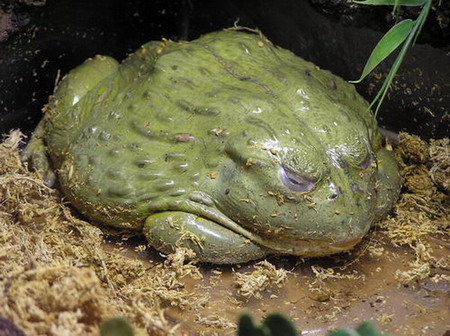
Care and Maintenance
Enclosure Setup
- Tank Size:
- Juveniles: 10-gallon tank.
- Adults: 20-40 gallon tank (they don’t move much but need space to burrow).
- Substrate: Coconut fiber or bioactive soil (deep enough for burrowing).
- Hiding Spots: Cork bark, PVC pipes, or half-buried plant pots.
- Water Dish: Large enough to soak in (but shallow to prevent drowning).
Humidity & Temperature
- Humidity: 60-70% (mist daily, but avoid making the substrate soggy).
- Temperature: 75-85°F (24-29°C) during the day, with a slight drop at night.
- Heating: Under-tank heater or low-wattage heat lamp (avoid overheating).
Feeding (The Best Part)
This is where the Giant African Bullfrog truly shines—they are eating machines.
- Staple Diet:
- Dubia roaches, crickets, nightcrawlers.
- Occasional treats: Pinky mice, small fish, even other frogs (for adults).
- Feeding Schedule:
- Juveniles: Daily (they grow rapidly).
- Adults: Every 2-3 days (they can become obese).
- Supplements: Calcium + D3 dusting 2-3 times a week.
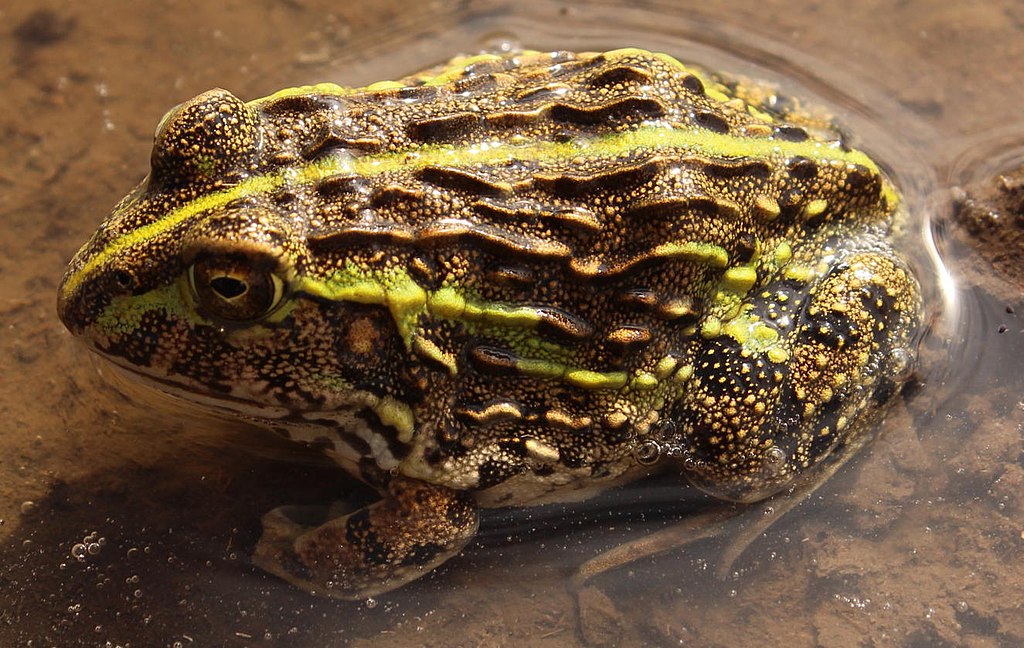
Health and Durability
Common Health Issues
- Obesity (from overfeeding).
- Bacterial infections (from dirty water).
- Dehydration (if humidity is too low).
Preventative Care
✔ Clean water daily (chlorine-free).
✔ Avoid overfeeding (they will eat until they burst).
✔ Monitor for lethargy or bloating (signs of impaction).
Lifespan
With proper care, these frogs can live 20-40 years, making them a long-term commitment.
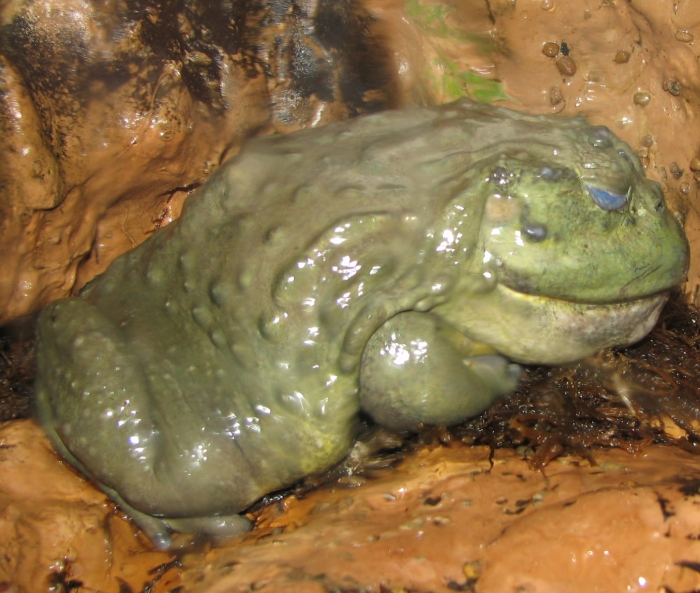
Availability and Cost
Where to Buy
- Reputable breeders (Josh’s Frogs, MorphMarket).
- Reptile expos (often sold as juveniles).
- Online stores (ensure they’re captive-bred).
Cost Breakdown
- Frog: $30 to $100 (depending on size and sex).
- Enclosure setup: $100 to $200 (tank, substrate, heating).
- Monthly food: $20 to $50 (they eat a lot).
Pros and Cons
Pros
✅ Extremely hardy (can survive tough conditions).
✅ Low space requirements.
✅ Fascinating feeding response.
✅ Long lifespan (great for committed keepers).
Cons
❌ Not for handling (aggressive when provoked).
❌ Requires live food (not for the squeamish).
❌ Males can be noisy (loud croaking).
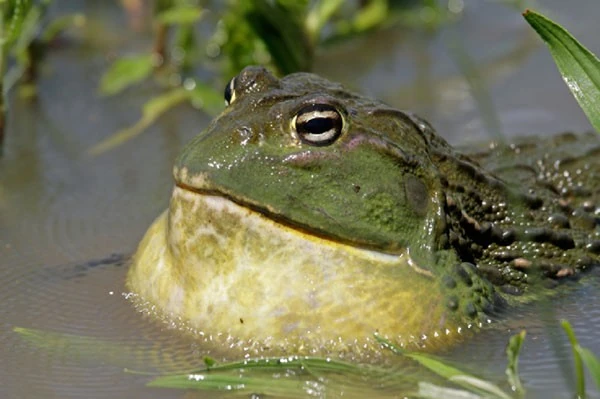
Final Thoughts
The Giant African Bullfrog is not your average pet frog. It’s a predatory powerhouse that offers low-maintenance care but high entertainment value. If you want a pet that feels like keeping a miniature dinosaur, this is the amphibian for you.
Ready to take the plunge? Check out reputable breeders, set up a proper enclosure, and prepare for one of the most hardcore frogs in the hobby.
Have experience with Giant African Bullfrogs? Share your stories in the comments! And don’t forget to subscribe to our newsletter for more pet reviews. 🐸💥
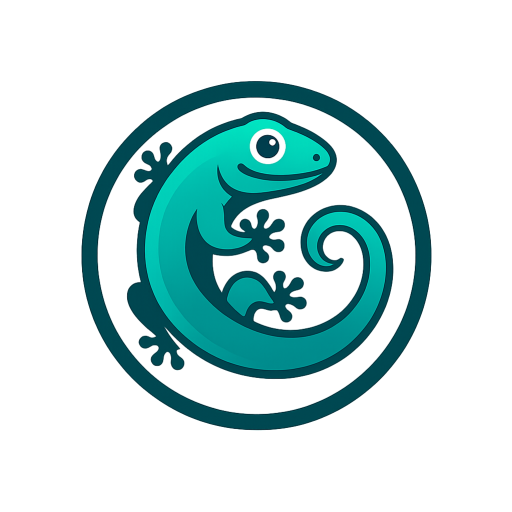
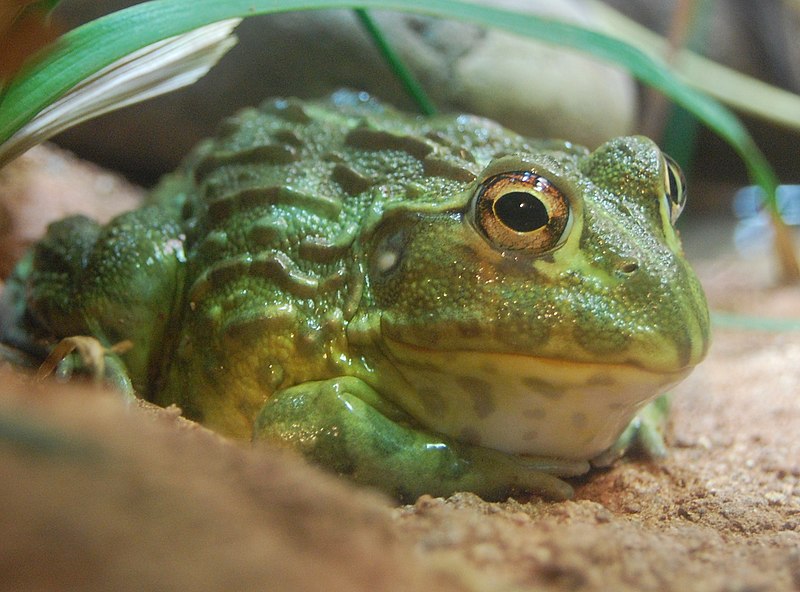

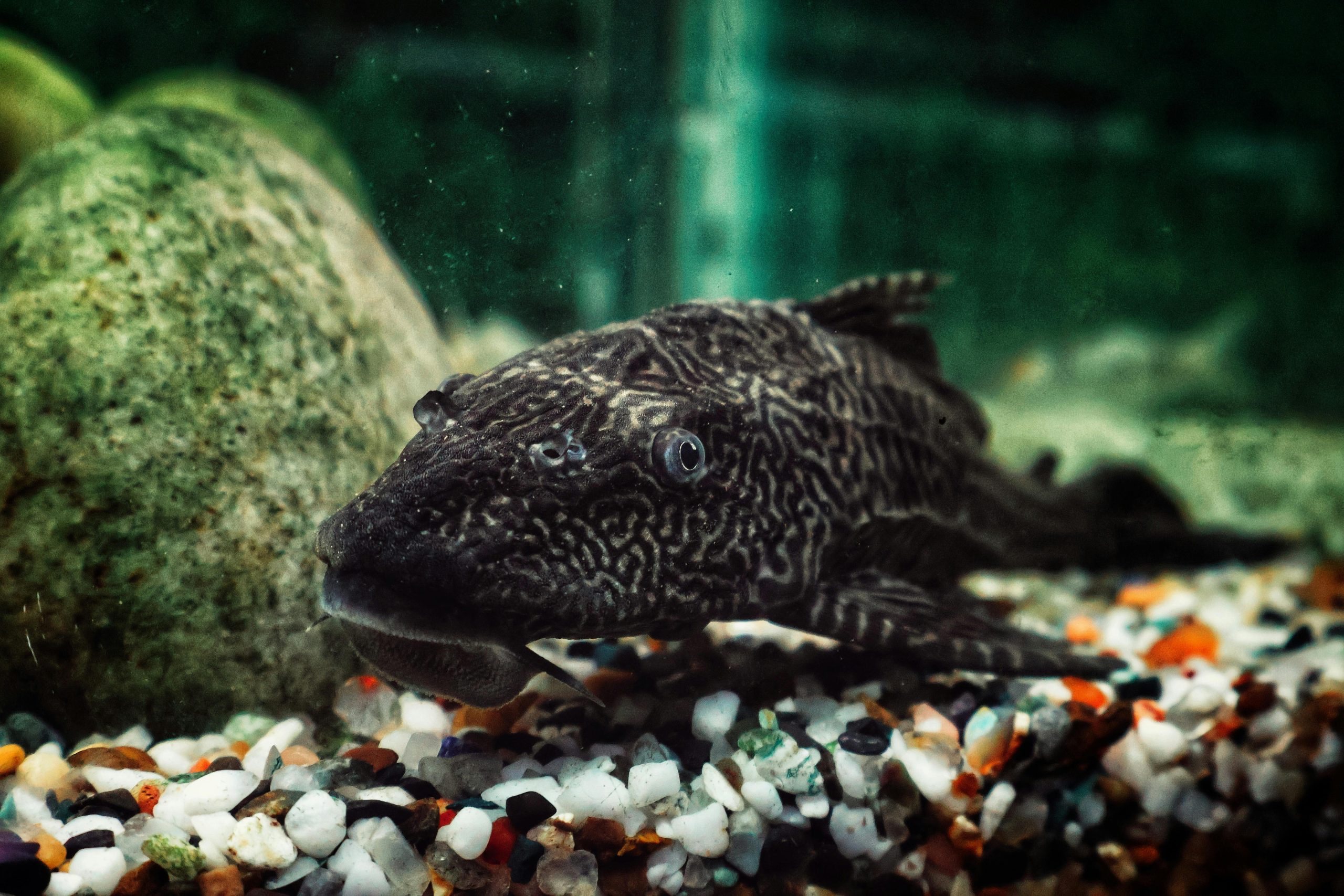
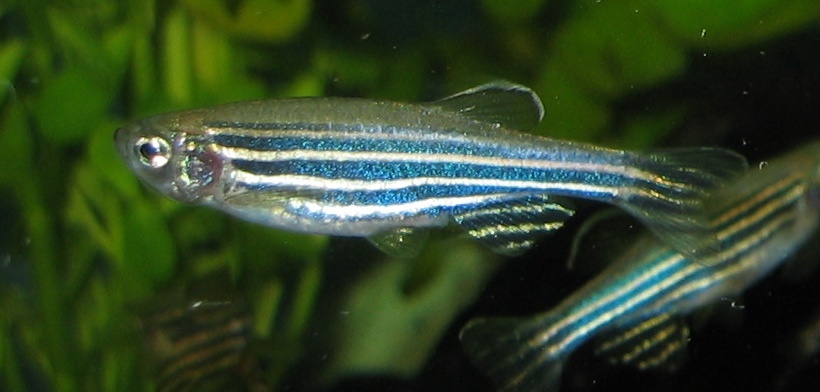
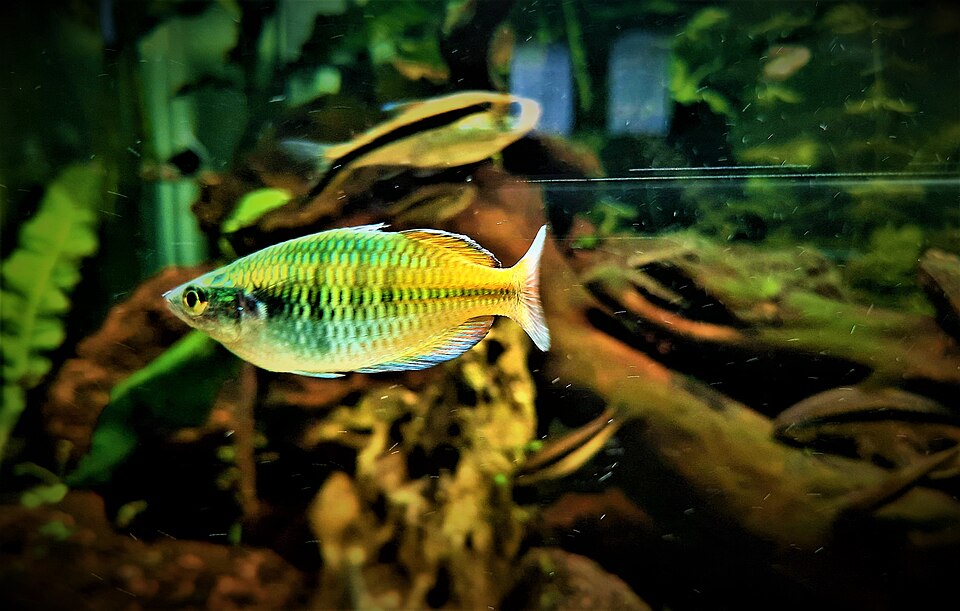
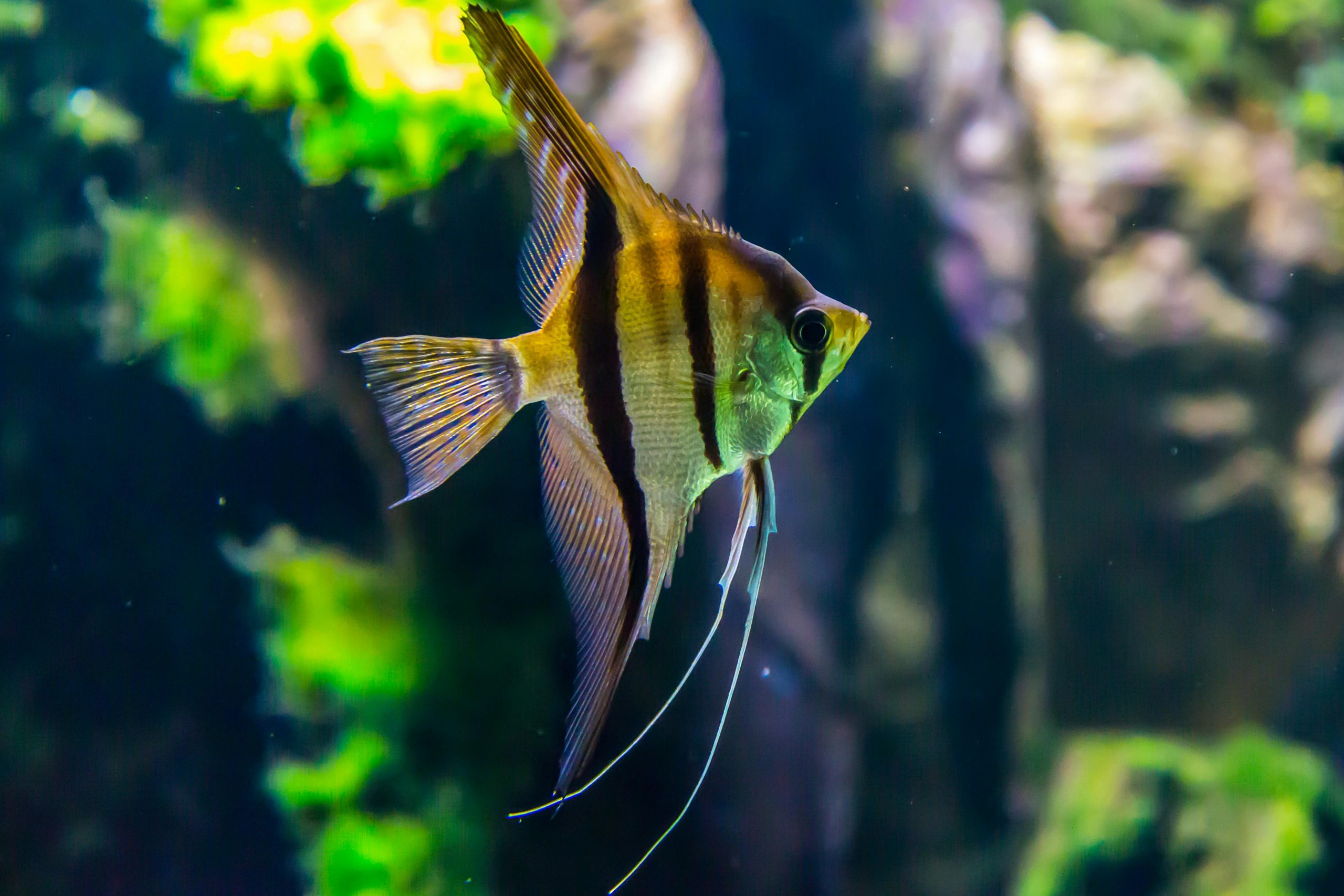
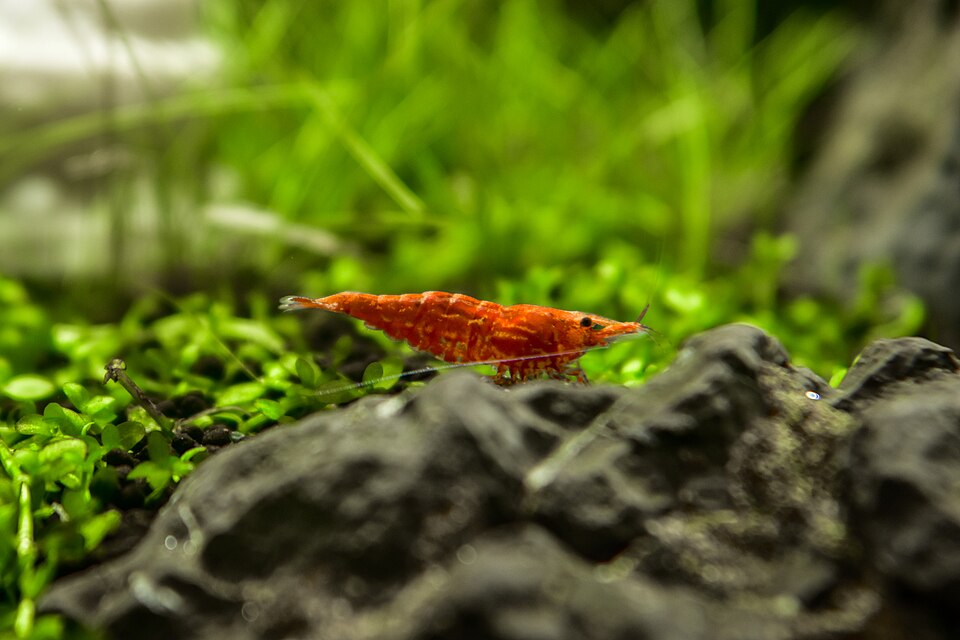
Leave a Reply